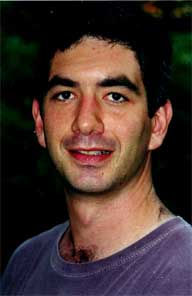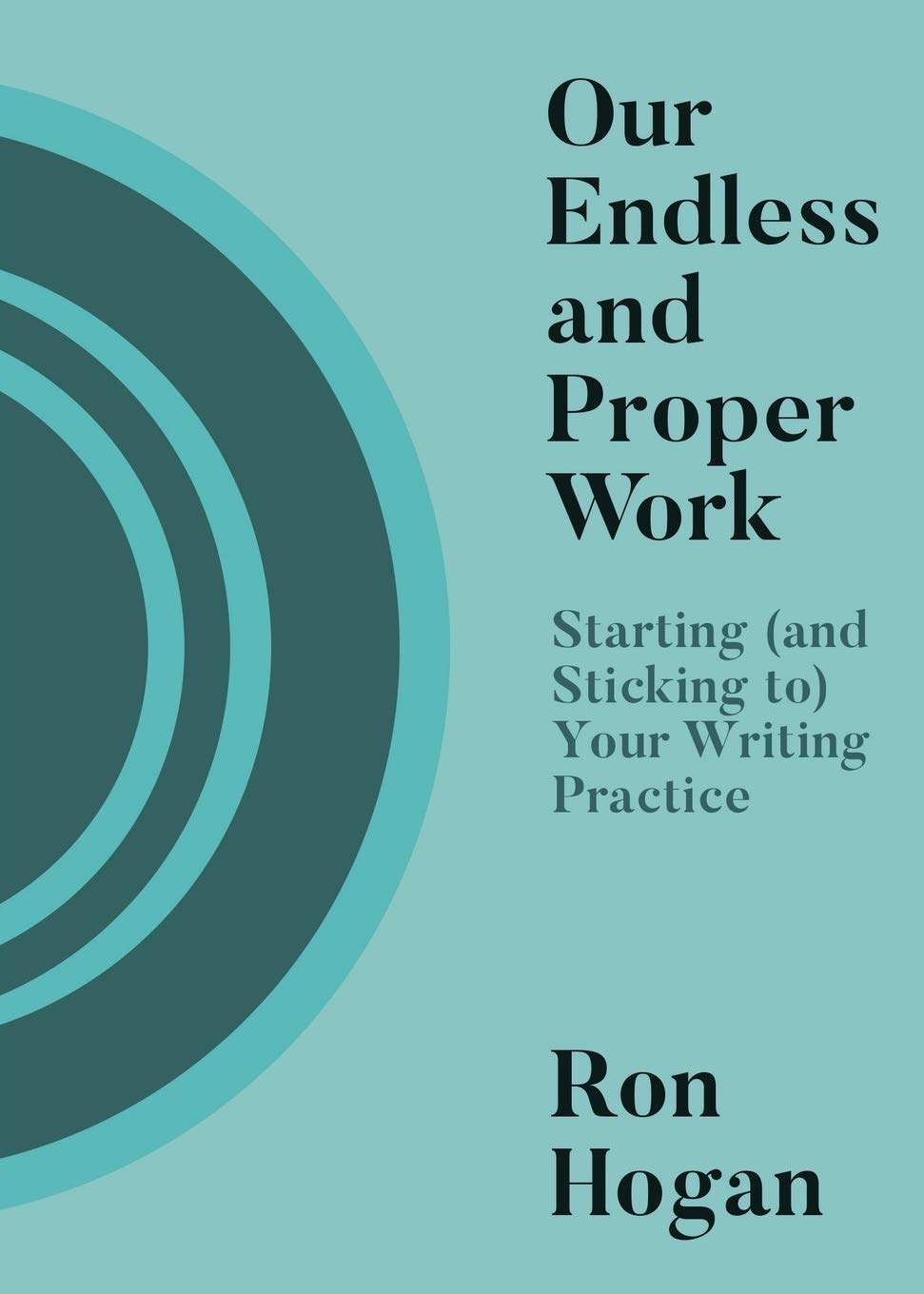How Karen Olsson Discovered The Gay Place
A month or so ago, I read an entertaining essay by Chris Lehmann in which he suggested that “the one truly great modern American political novel” wasn’t All the King’s Men but The Gay Place. I filed the title away for future reference…and dang if not a few days later, the NYTBR was devoting the first two paragraphs of its review of Karen Olsson’s Waterloo to The Gay Place and its author, Billy Lee Brammer. Well, I thought, this is the sort of thing that leads to Beatrice guest essays…
I’d never heard of Billy Lee Brammer’s 1961 trilogy The Gay Place before I moved to Austin, but I came across it soon enough. A friend from college, turned graduate student at the University of Texas, was serving as a teaching assistant in a Southwestern U.S. Lit class that had Brammer’s book on the syllabus. When I found it on his shelf, he explained that the book was not about gay people, as outsiders commonly assume, but about affairs both political and (hetero)sexual, in a 1950s state capital closely based on Austin. (The title comes from an F. Scott Fitzgerald verse: “I heard Helena/ In a haunted doze/ Say: “I know a gay place/ Nobody knows.”) To me that sounded quaint and provincial; I probably made a face. No no, he told me, it was actually pretty good.
I can no longer really remember my first reaction to The Gay Place, because I’ve reread it several times since then, but I do know that I loved it. It consists of three short novels, totaling over five hundred pages, linked by setting and by the character of Governor Arthur “Goddamn” Fenstemaker, an LBJ/Huey Long-style good old boy who strides in and out of the narrative, pulling at his nose and drinking and cursing and pushing the plot along. Brammer greatly admired Fitzgerald, and his prose has a lyrical bent, but he also admired Lyndon Johnson, and the book’s more fanciful turns of phrase are tempered with Fenstemaker’s cursing. Likewise, the mooning passive quality of some of his characters plays against Fenstemaker’s machinations. For me (transplant that I am) that mix of romanticism and salt-of-the-earthiness captures something essential about the character of Texas itself—which was the subject of Brammer’s memorable first lines: “The country is barbarously large and final. It is too much country—boondock country—alternately drab and dazzling, spectral and remote. It is so wrongfully muddled and various that it is difficult to conceive of it as all of a piece.”
28 November 2005 | guest authors |
Gabriel Bernstein’s Men of Magic & Mystery
Gabriel Brownstein’s latest book, The Man from Beyond, is a fictional account of the contentious friendship between Sir Arthur Conan Doyle and Harry Houdini. It’s a relationship that’s been explored by other writers over the years, including William Hjortsberg (Nevermore) and Thomas Wheeler (The Arcanum)—in fact, we may hear from Wheeler soon, but that’s another tale to be unpacked another day… Anyway, when The Man From Beyond came to my attention, I decided to ask what the story behind the story was. And this is what I found out…

Joan Didion’s advice to writers about words applies to novelists and their subjects: You don’t choose them; they choose you. Why did I write a novel about Harry Houdini and Arthur Conan Doyle? Why are so many other writers drawn to these subjects? I can’t answer. I can only tell you in my case how it happened.
In a church basement book sale, I saw Houdini’s name in red on the spine of a musty black hardcover. I was surprised to see that he was not the subject, but the author of the book, A Magician Among the Spirits, a title whose power to me was incantatory. At this point in my life, I had published a couple of stories in literary quarterlies, stories that would become part of my collection, The Curious Case of Benjamin Button, Apt. 3W, but I had no notion those stories would be put together in a book. My first child had been born. My first novel had garnered only warm, encouraging rejection letters. Had I been a sane person, I probably would have given up writing altogether. But I opened the cover of Houdini’s book, and there on the frontispiece was a picture of the magician shaking hands with Arthur Conan Doyle. There’s a moment in Othello when Iago says: “It is engendered.” That’s what happened when I saw that photograph. I was going to write the book, even if I did not know it then.
21 November 2005 | guest authors |

 Our Endless and Proper Work is my new book with Belt Publishing about starting (and sticking to) a productive writing practice.
Our Endless and Proper Work is my new book with Belt Publishing about starting (and sticking to) a productive writing practice. 
